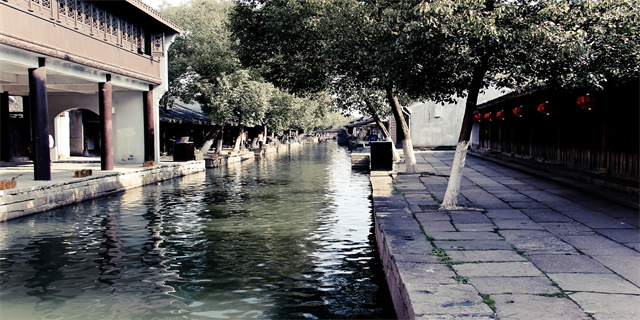windmills(Harnessing the Power of Wind The Wonder of Windmills)

Harnessing the Power of Wind: The Wonder of Windmills
The Invention and Development of Windmills
Windmills, also known as wind turbines, have been a revolutionary invention in harnessing the power of wind to generate energy. The concept of windmills can be traced back thousands of years, with its origins believed to stem from ancient Persia and China. These early windmills were used for various tasks such as grinding grain, pumping water, and even pulling heavy loads. However, it was during the Middle Ages in Europe that windmills truly flourished, becoming an integral part of everyday life.
The Mechanics Behind Windmills

Windmills operate on a simple yet ingenious principle. A typical windmill consists of several key components, including the tower or mast, the blades or rotor, a gearbox, a generator, and a control mechanism. As the wind blows, it causes the blades to rotate. This rotation is then converted into mechanical energy by the gearbox, which subsequently drives the generator to produce electricity. The control mechanism ensures that the windmill is aligned with the wind direction and adjusts the rotor's angle to maximize energy conversion.
The Advantages and Limitations of Windmills

Windmills offer numerous advantages in the realm of renewable energy. Firstly, they are a clean and sustainable energy source, producing zero greenhouse gas emissions, unlike fossil fuel-based power plants. This makes windmills an eco-friendly alternative that helps combat climate change and reduce air pollution. Additionally, wind energy is abundant and widely available, making it a valuable resource in countries around the world.
However, windmills also have certain limitations that need to be addressed. One major drawback is their dependency on wind speed. Windmills require a minimum wind speed to start producing electricity, known as the \"cut-in speed,\" usually around 3 to 5 meters per second. Additionally, wind speeds that are too high can be detrimental to the structure, leading to stress and potential damage. Therefore, careful planning and location selection are necessary to ensure optimal wind conditions for windmill installation.

Furthermore, wind energy is intermittent, meaning it is not constantly available. Wind speed is influenced by weather patterns and varies throughout the day and year. As a result, wind power requires an efficient energy storage system or backup power source to compensate for fluctuations in supply. Despite these limitations, advancements in wind turbine technology have significantly improved efficiency and the ability to capture low wind speeds, making wind power an increasingly viable option.
The Future of Windmills: Towards a Cleaner and Greener Future
As the world continues to grapple with the repercussions of climate change and the depletion of fossil fuels, wind energy emerges as a promising solution in the transition to a sustainable future. The implementation and widespread adoption of windmills have already made a considerable impact, contributing to the global quest for clean energy alternatives.
Furthermore, research and development in wind turbine technology continue to progress, with a focus on increasing efficiency, reducing costs, and addressing environmental concerns. Innovations such as offshore wind farms and vertical-axis wind turbines are increasingly gaining attention for their potential to harness even more wind energy and mitigate the limitations of traditional horizontal-axis windmills.
Public awareness and support for renewable energy are also vital in driving the growth of wind power. Governments around the world are investing in wind energy projects, providing incentives, and establishing favorable policies to promote its deployment. The collective efforts of individuals, communities, and industries in embracing wind energy will undoubtedly contribute to a cleaner, greener, and more sustainable future for generations to come.











